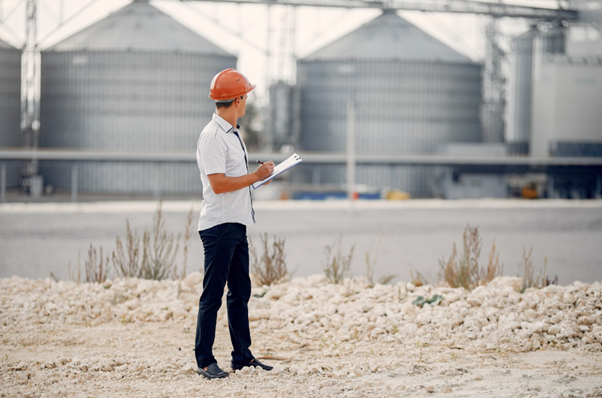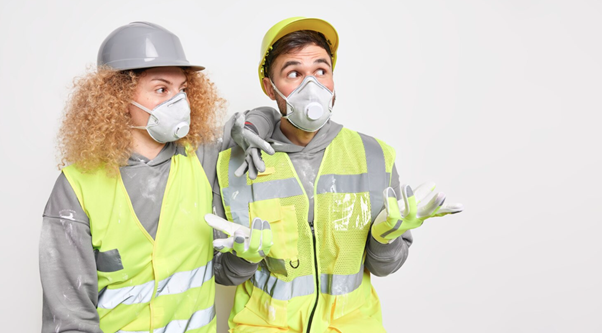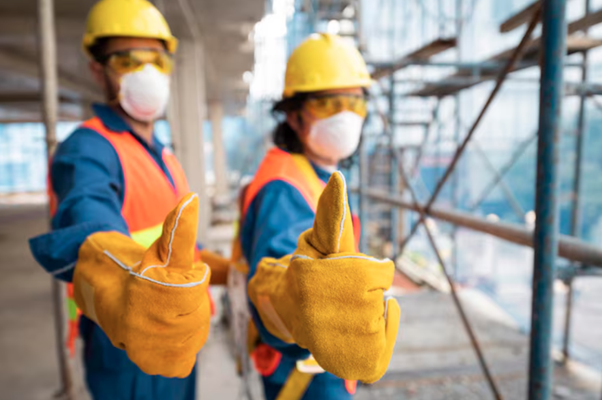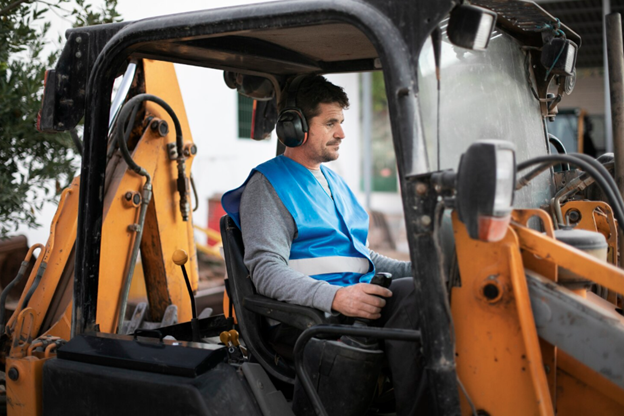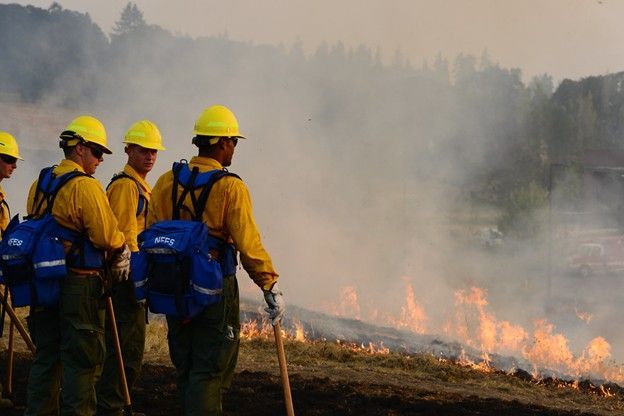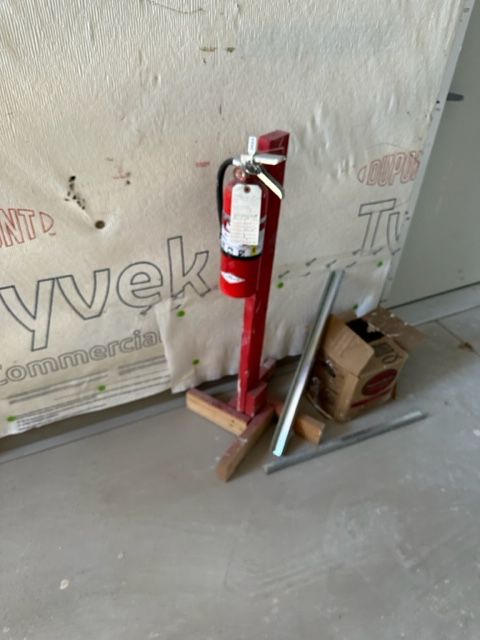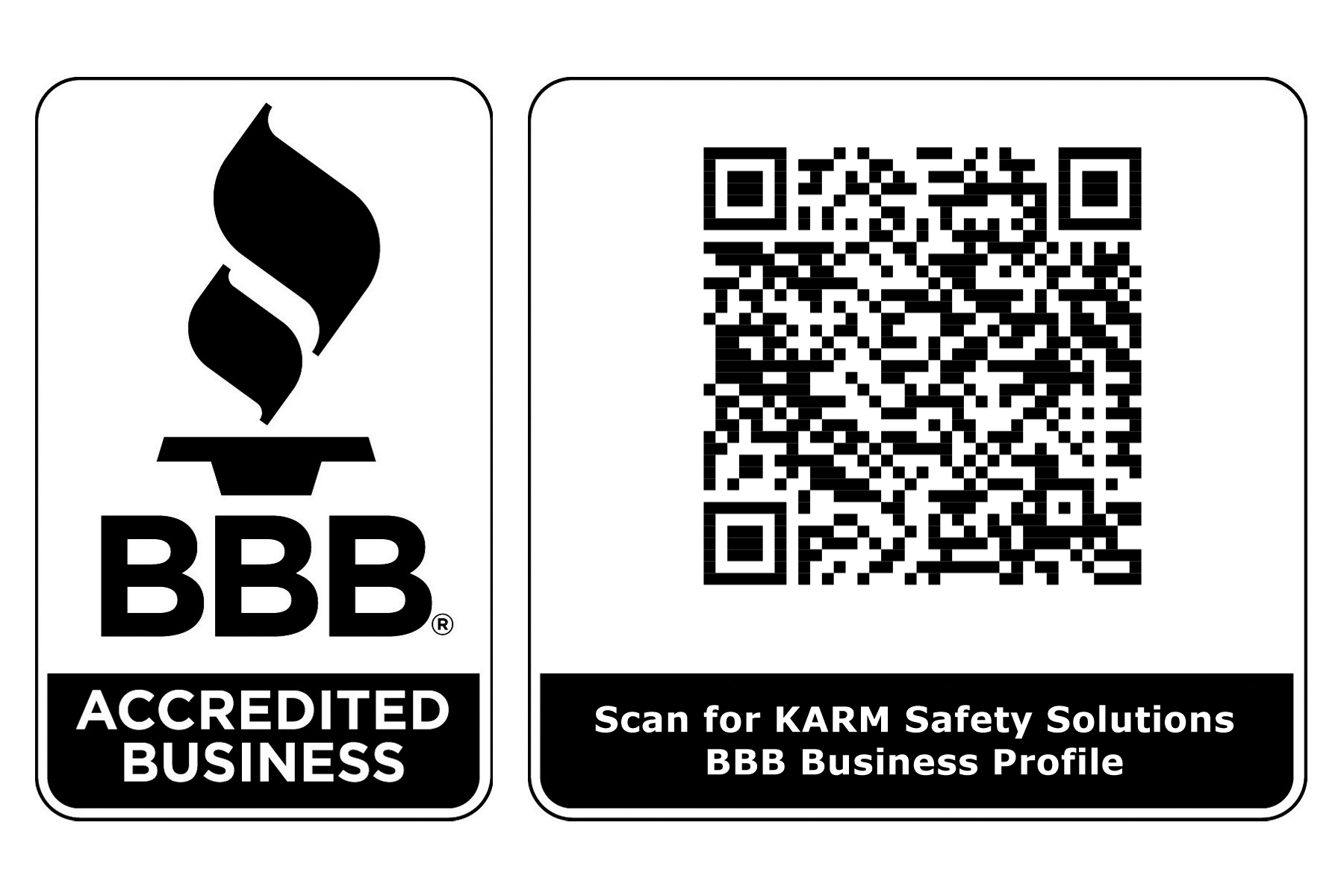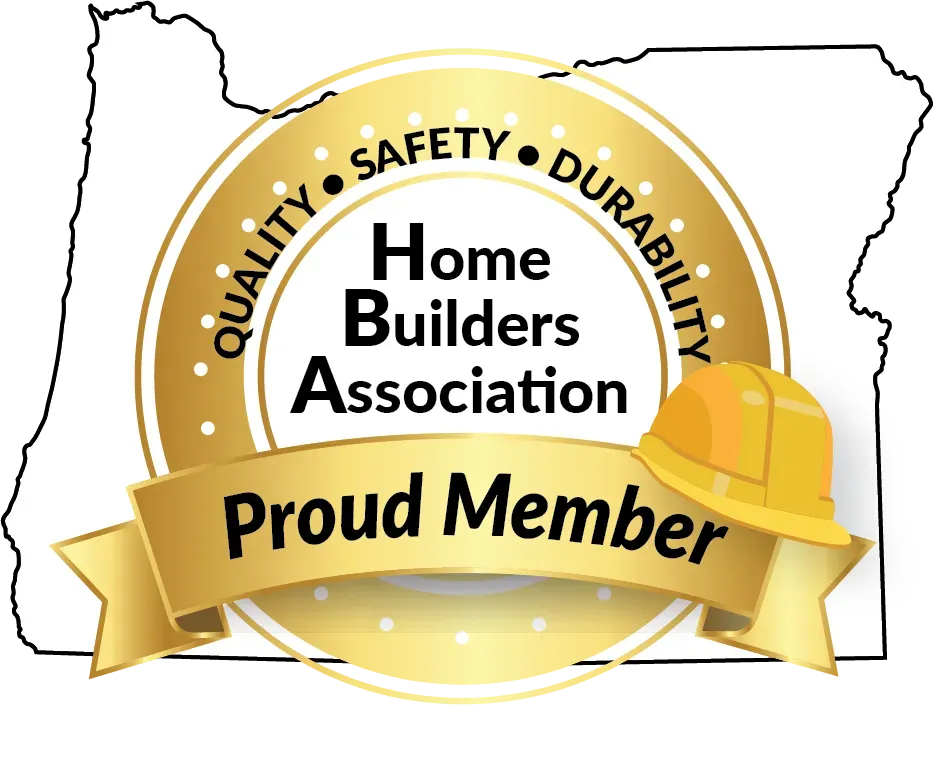What Happens if Confined Space Training Requirements Are Not Met?
Confined space work, such as maintenance, inspection, or repair, can be essential but dangerous if not managed properly. Understanding and adhering to confined space training requirements is critical in protecting workers from fatal accidents, ensuring compliance with OSHA regulations, and maintaining a culture of safety. But what happens if these training requirements are not met? Failing to provide employees with proper confined space training can lead to a range of severe consequences, not just for the individuals involved, but for the organization as a whole. Let’s explore why this training is vital and the potential consequences of neglecting it.
The Importance of Proper Confined Space Training
Confined spaces present unique hazards that can be life-threatening, especially when workers are exposed to low oxygen levels, toxic gases, or the risk of entrapment. OSHA requires employers to ensure that workers are properly trained to identify and address these risks. Confined space training ensures employees know how to navigate these environments safely, the procedures to follow for entry, and how to use protective equipment. Confined space rescue training requirements also play a role in ensuring a rescue plan is in place in case of emergency.
Legal and Financial Consequences of Non-Compliance
One of the most significant consequences of not meeting confined space entry training requirements is the potential for hefty fines and legal liabilities. OSHA mandates that businesses comply with its confined space regulations, including providing proper training to employees. Failing to meet these standards can result in penalties that can severely impact an organization’s financial standing. In addition to fines, if an accident occurs due to lack of training, the company may face lawsuits, insurance claims, and a damaged reputation that can take years to repair.
The Risks of Inadequate Training
When employees are not properly trained in confined space entry, the risks of accidents increase dramatically. Common hazards in confined spaces include toxic atmospheres, limited mobility, and the risk of asphyxiation. Without proper training, workers might not recognize the dangers or take the correct precautions. For instance, they may fail to properly ventilate the space, ignore the need for personal protective equipment (PPE), or enter the space without a proper monitoring system in place. The lack of a trained competent person to oversee the space can further exacerbate these risks, leading to potential fatalities or serious injuries.
Creating a Safe Work Environment with Proper Training
Meeting confined space training requirements helps to establish a safety-conscious work environment where workers understand the importance of preparation, vigilance, and teamwork. Training courses teach employees how to assess confined spaces, identify whether a permit is required, and understand the proper protocols for safe entry and exit. Workers will also be taught how to handle hazardous conditions and perform emergency rescues if needed. Being equipped with the knowledge and tools needed to perform tasks safely ensures that employees can focus on their work without the fear of potential dangers.
The Role of a Competent Person in Confined Space Safety
An essential part of confined space safety is the role of the competent person. This individual is responsible for assessing the space, overseeing the training, and ensuring all safety procedures are followed. The competent person is a critical part of the safety structure and must be fully trained in all aspects of confined space entry, as well as emergency response procedures. Their expertise ensures that the proper safeguards are in place and that workers are fully aware of the hazards they may face.
Let’s Take a Recap:
At KARM Safety Solutions, we understand the importance of providing comprehensive training to meet confined space entry training requirements and keep your workplace safe. Our training programs not only cover OSHA regulations but also equip employees with the hands-on skills necessary to recognize and mitigate confined space hazards. Whether it’s learning about permit-required spaces, understanding the duties of a competent person, or preparing for emergency rescues, we ensure that your workforce is fully trained to handle confined space challenges safely. With our expertise and up-to-date training materials, we help you comply with all confined space rescue training requirements, ensuring your team’s safety and your business’s success.
